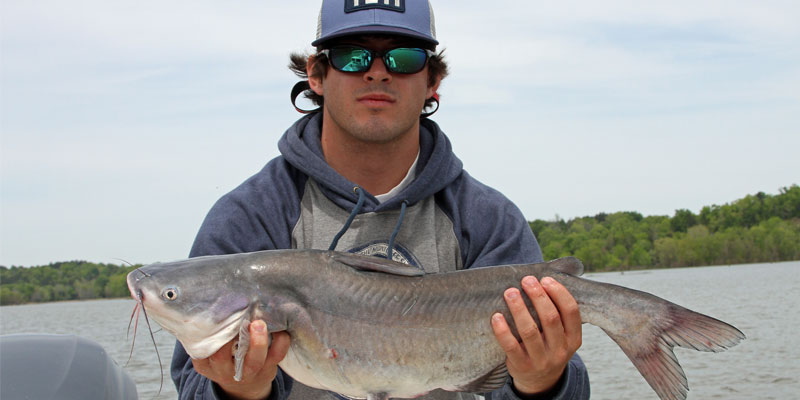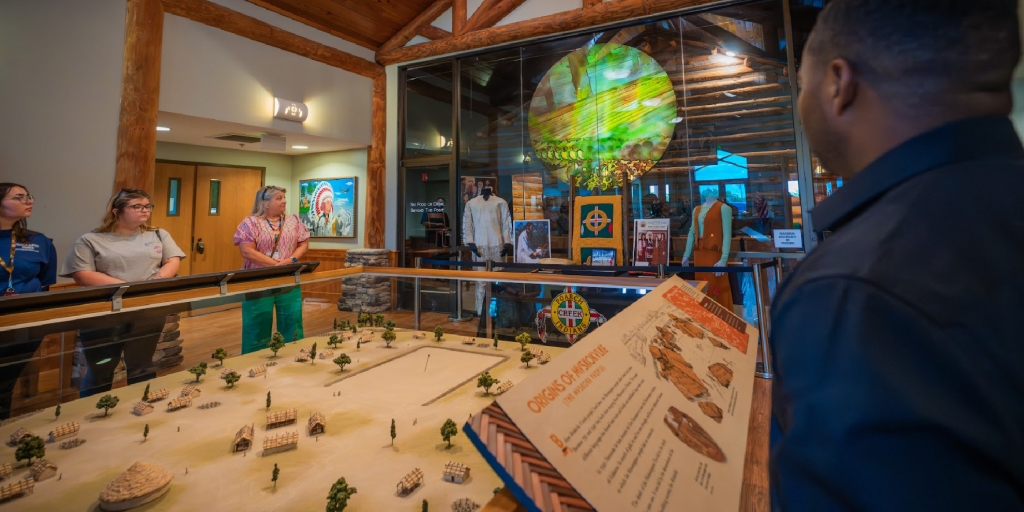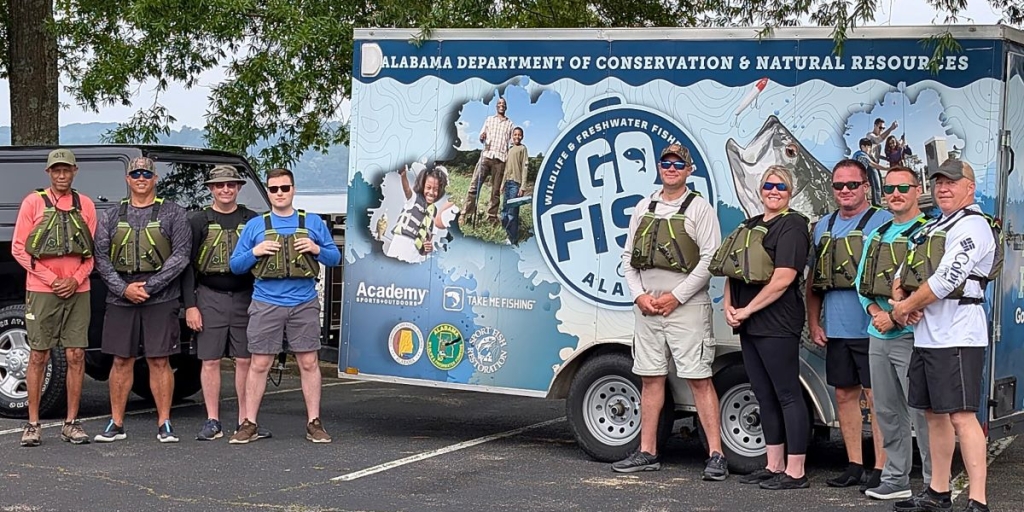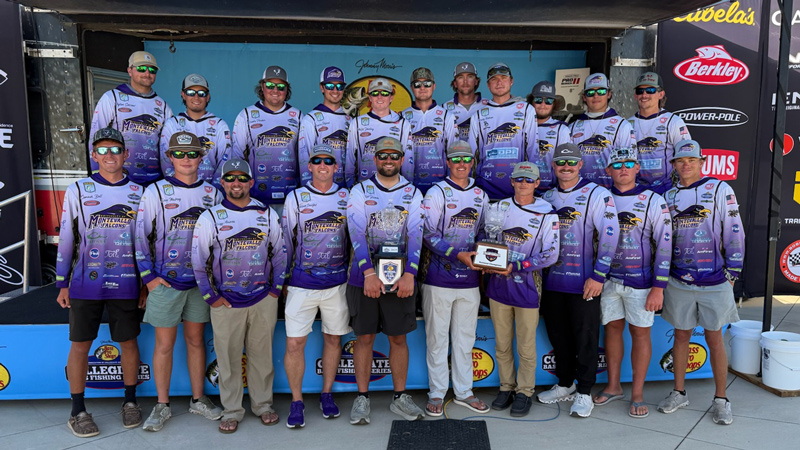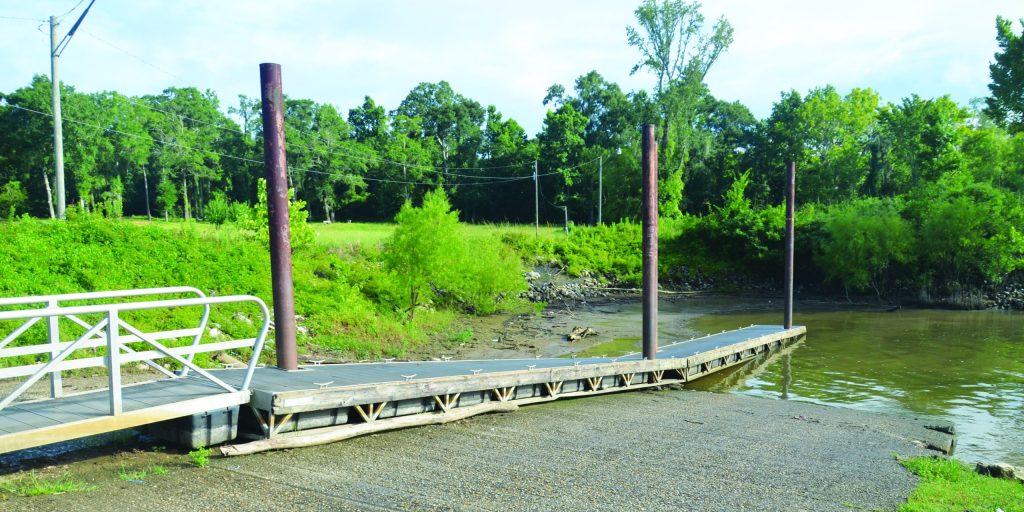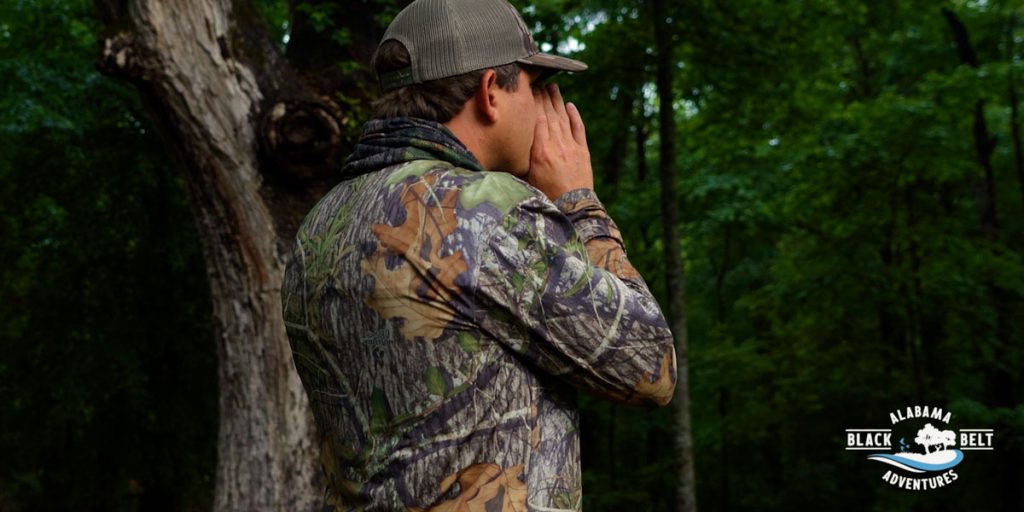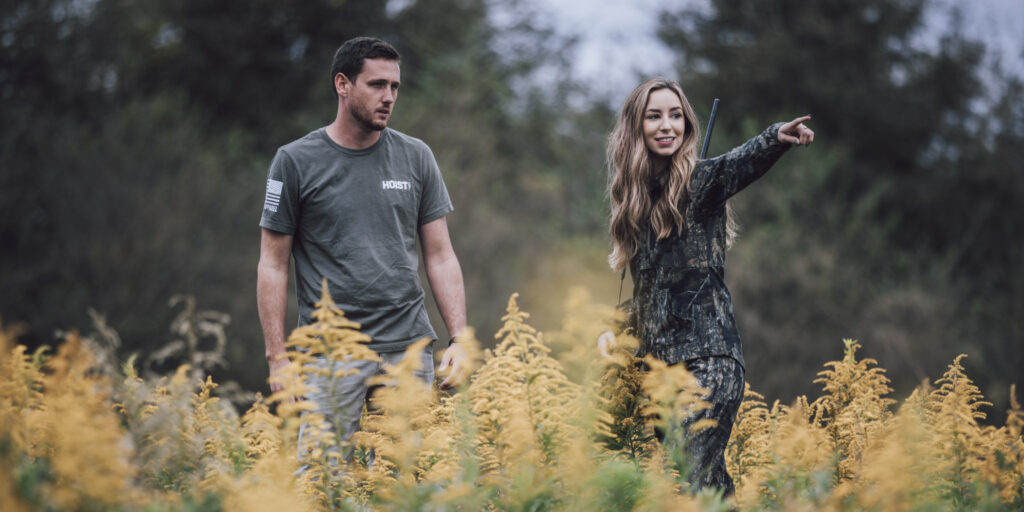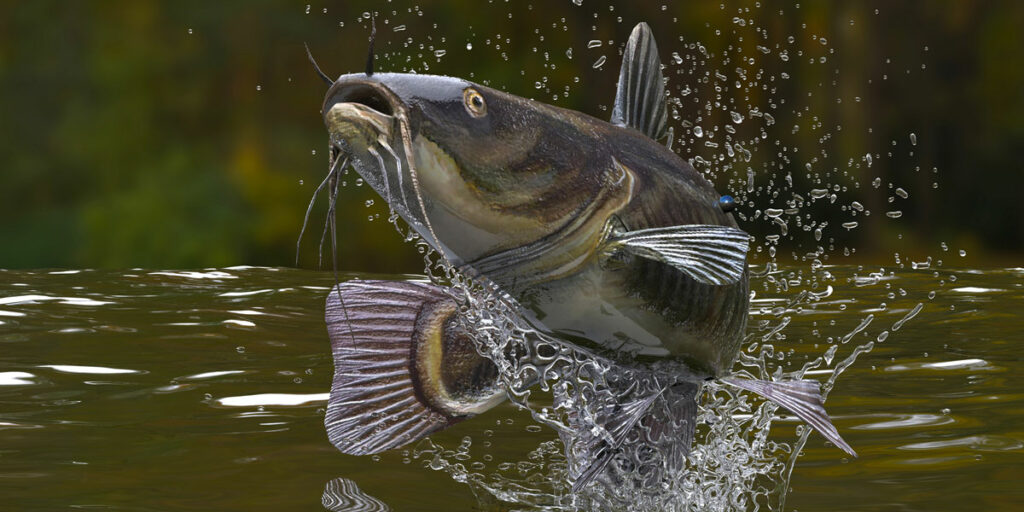Thank goodness some members of the younger generation still enjoy the outdoors. If not, Joe Allen Dunn and I would have been ripe for the making of a comedy video of catfishing bloopers.
Fortunately, Dunn’s son, 19-year-old Hayden, was there to save two old dudes with bum knees from stumbling around the boat as the catfish went on a feeding frenzy. Hayden was netting fish, rebaiting and tossing jugs as fast as he could go.
Dunn and James “Big Daddy” Lawler developed what they call “Ultimate Jug Fishing” for Millers Ferry on the Alabama River. Last September I made a trip to the (Dannelly) reservoir for hot-weather catfishing in deep water using sections of pool noodles as the floats with long lines to reach the fish in 20-30 feet of water.
Dunn invited me back for the spring catfishing bonanza when the fish move onto the shallows during the spawning run. This time, the lines were 3-4 feet long rather than 30. Instead of pool noodles, the floats are 20-ounce Gatorade or Powerade bottles. A 30-inch section of green nylon string is tied to the bottle. A half-ounce lead weight is added before a swivel. About 18 inches of 40- to 50-pound monofilament line is tied on before being snelled to a circle hook. Dunn said snelling the hook is important to get the circle hook to function like it should. He has also revised his recommendations on hook size. After a big catfish straightened out a 3/0 hook, he now sticks with 5/0.
“You catch a lot of medium-sized fish, but every once in a while, you’ll catch a 15- to 20- or 30-pounder,” Dunn said. “If you’re trying to fight him around to get him in, he’s going to straighten that 3/0 out. I’m just going with a heavier hook from now on, and you’ll still catch the smaller fish on the bigger hook.
“The thing about the bottles is when the wind gets a little brisk, the bottles will turn and draft. They don’t catch the wind as bad, so you get a slower drift. You want a little wind for the drift, but you don’t want to be chasing your jugs all over the place.”
Dunn buys bicycle tire inner tubes and uses scissors to cut 1-inch bands to slip over the neck of the jugs. This allows the lines to be wrapped tight so the lead won’t be slapping the bottle during transport, and it gives a place to stick the point of the circle hook to make sure it doesn’t get dull.
The places Dunn looks to deploy the jugs are flats off the main river channel with 2½ to 6 feet of water. After cleaning the fish, we realized why the catfish were on one particular flat. The fish stomachs were full of juvenile mussels.
“These fish are up there feeding and getting ready to spawn,” Dunn said. “The fish will stay in the flats the whole spring and the early part of the summer. When it gets hot, the fish will move out to the river channel.”
Dunn prefers skipjack herring and threadfin shad for catfish bait. He uses a cast net to catch the shad and occasionally lucks up on a school of skipjacks along the river banks. Right now, he said the best way to catch skipjacks is to cast Sabiki rigs below the dam. Depending on the size, he uses a whole shad or cuts them in half. The skipjacks are cut into chunks. When he has a good bait run, Dunn has a specific way to freeze the bait for future use.
“Don’t take a gallon bag and pack all you can in it and zip it up,” he said. “By the time you get them all thawed out like that, the bait gets mushy. I take a gallon bag and put enough bait in it to make one layer. I mash it flat and zip it up. The last time we put up bait, we counted how many we had in one layer, and it was about 50 baits. That’s working out real well.”
Back to the feeding frenzy we had last week, the blue cats (and occasional channel cat) were hungry. We baited the circle hooks and started tossing out jugs about 25 yards apart and let them drift down the flat. Within five minutes, the action was non-stop, and we worked Hayden non-stop. As soon as a fish was thrown in the live well, another jug would start bobbing.
“Every flat is not going to be like that,” Dunn said. “We hit it perfect. You may pick up one or two or nothing. You then pick up and move. You keep going into the flats until you find them. Make sure when you throw out the jugs that you get a good drift either across or down the flat. We hit it perfect last week. We were chasing jugs for an hour and a half. It was on.”
After we had a nice mess of catfish in the box, I insisted we try to find a few crappie. We hit the banks for a couple of hours, but the fish were not in the shallow water. A couple of days later, Dunn found out the fish were in a little deeper water.
Gerald Overstreet, a Millers Ferry crappie guide (251-589-3225), said the receding water is the reason the crappie are not in the super shallow water.
“I’ve seen it for the last several years,” Overstreet said. “What happens at Millers Ferry is when the water is up, the fish will get right beside the bank and will get really shallow, like 1 or 2 feet of water. They’ll get right in the bushes and brush that’s flooded.
“When the water drops back to normal pool and drops out of those bushes, the fish will pull back off the bank. When the water levels settle down, those fish will be in anywhere from 3 to 6 feet of water. They’re still spawning. They just move back. A lot of the stuff they were spawning on when the water was up, unless it’s laying in the water, they’ll move off of it. With the water at normal pool, they’ll find the wood, the laydowns and stumps and things that are in 3 to 6 feet of water.”
Overstreet said he keeps the boat in a little deeper water to fish on the edges of the flats where the water gets deep enough that you can’t see the bottom.
“From that point where you can’t see the bottom on out to about 6 feet of water is where those fish will spawn,” he said. “They’re still on wood and brush, or there may be a laydown tree.”
Overstreet is using a variety of fishing techniques to put crappie in the boat.
“We’re doing corks and minnows,” he said. “We’re trolling some with minnows. And we’re pitching with 11-foot B&M poles and using a small cork with a 1/32-ounce Mid-South Tackle jig. On Millers Ferry, black and chartreuse is about as good a color as you can get.
“We usually pitch it to where you can just see the bottom and work it out. Just let it sit for a second and let that light jig flutter down. Then bump the cork to make a little noise and then let it sit still. That gets the fish’s attention. They hit violently without even a minnow on it.”
If the bite is kind of tough, Overstreet tips the jig with a minnow or a piece of Crappie Nibbles (scent cubes) for extra enticement.
“The problem lately is getting minnows,” Overstreet said. “The folks around the lake are selling out of minnows two or three times a week.
“A lot of people are fishing because the crappie spawn is in full swing right now.”
David Rainer is an award-winning writer who has covered Alabama’s great outdoors for 25 years. The former outdoors editor at the Mobile Press-Register, he writes for Outdoor Alabama, the website of the Alabama Department of Conservation and Natural Resources.




